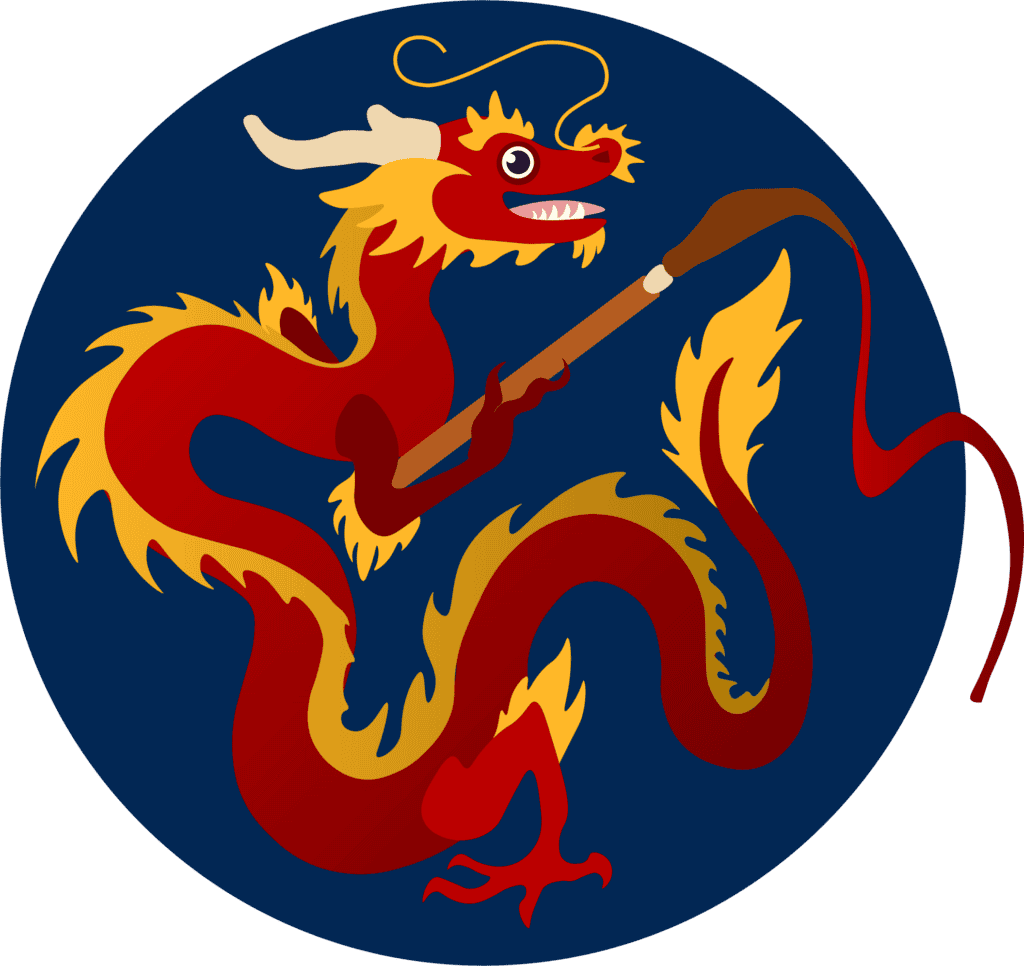This teaching guide is for At Home in Her Tomb book and includes the following activities: Time Line, Studying Artifacts, Imagined Scenes, Portable Library, Science of Death & Decomposition, Chapter 1 as a Mentor Text, More Mummies, Memorials, Analyzing Nonfiction Media, and Inquiry & Problem-Solving.
Please feel free to download or print this out. If you don’t see the pdf, you can go here to view it in the browser: https://christineliuperkins.com/wp-content/uploads/2019/09/CLP-10-Learning-Activities-for-AT-HOME-IN-HER-TOMB.pdf
